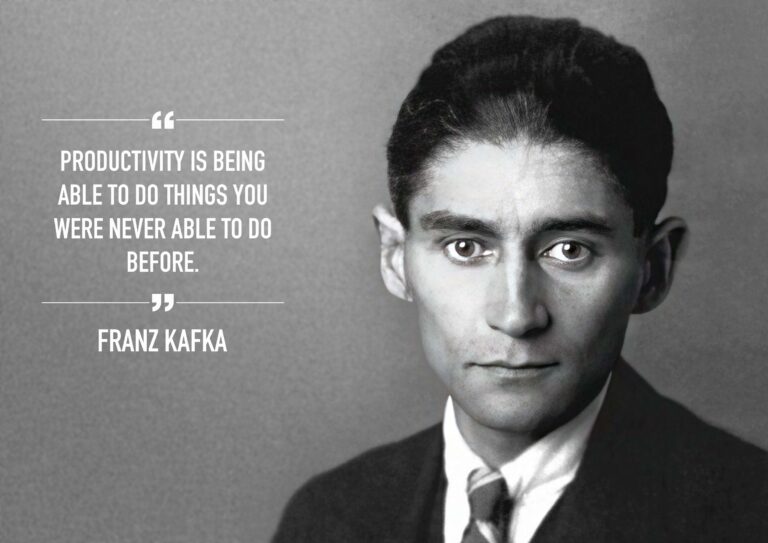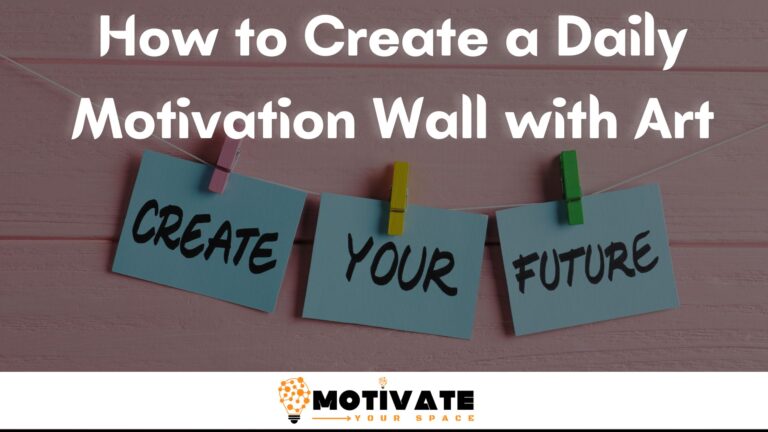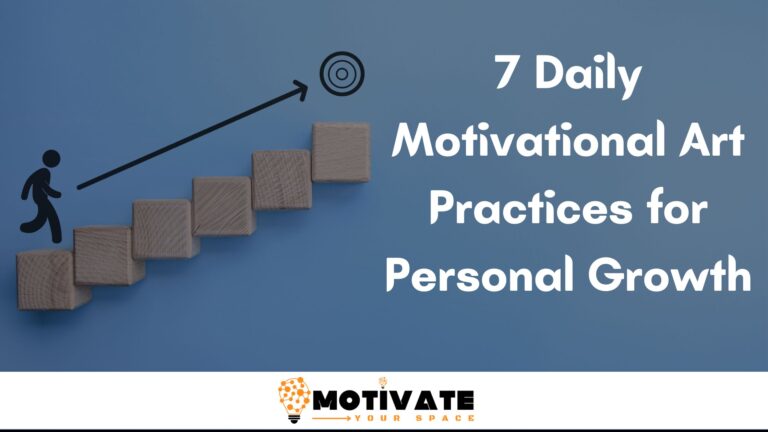Daily Art Inspiration: How Small Visuals Can Make a Big Impact
Small visuals can profoundly impact daily art inspiration. They capture attention and convey powerful messages quickly.
Art enthusiasts often overlook the power of small visuals. These compact images can evoke emotions, spark creativity, and communicate ideas effectively. In a fast-paced world, small visuals are essential tools for artists and designers. They engage audiences instantly and leave lasting impressions.
Whether it’s a striking icon, a detailed illustration, or a vibrant thumbnail, small visuals possess the ability to inspire and influence. By incorporating these elements into daily routines, individuals can foster creativity and stay connected to the art world. Small visuals are not just decorative; they are dynamic, impactful, and essential for daily artistic inspiration.
Introduction To Daily Art Inspiration
Art can brighten your day. It can lift your spirits. It can transform your routine. Daily art inspiration means seeing or creating small pieces of art every day. These small visuals can make a big impact. They can improve your mood and creativity.
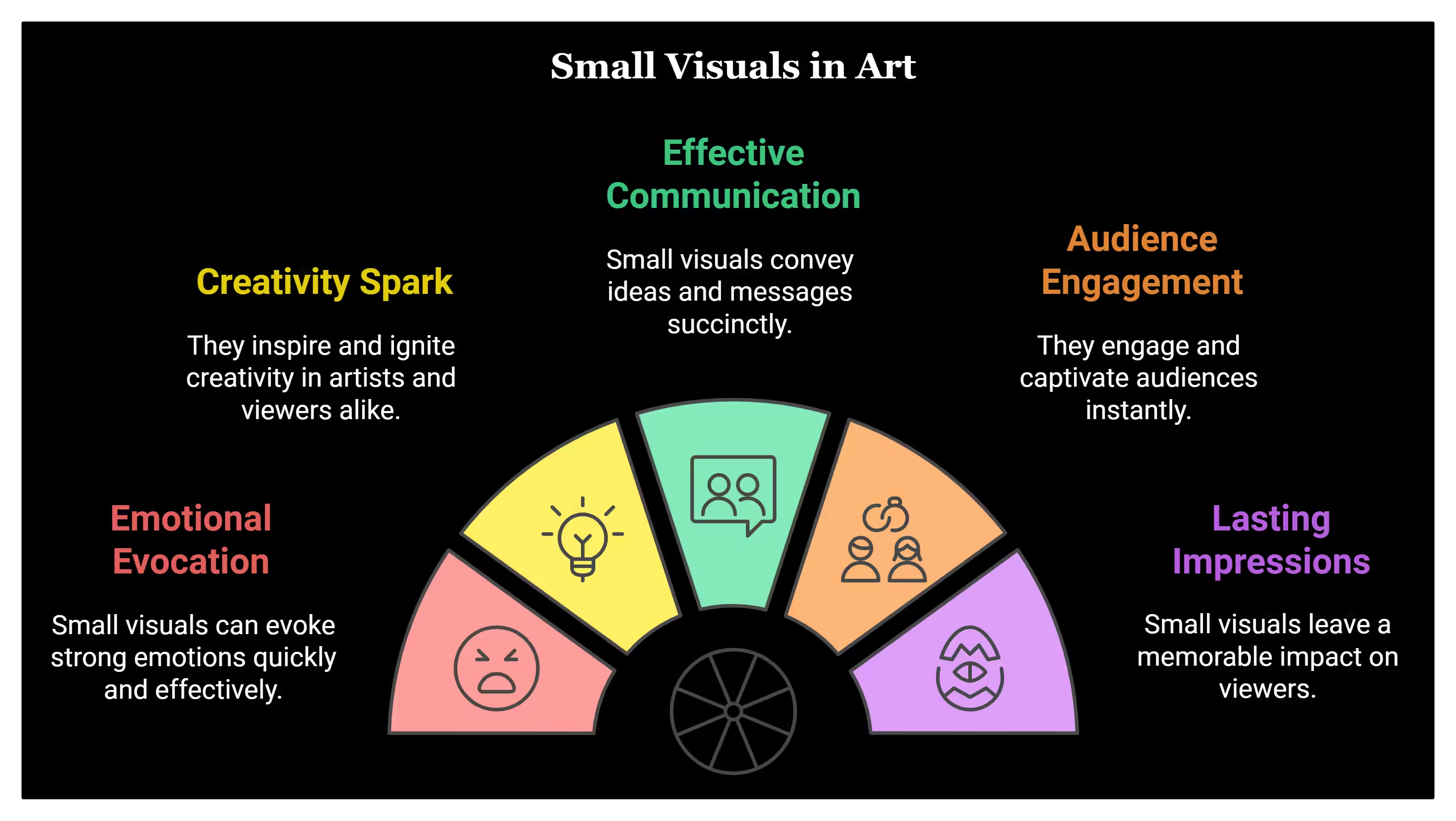
Importance Of Art In Daily Life
Art is everywhere. It is in the patterns of leaves. It is in the colors of the sky. Art helps you see beauty in the ordinary. It connects you to your emotions. It allows you to express yourself.
Art can be a simple doodle. It can be a photograph. It can be a painting or a sculpture. Including art in daily life can enrich your experiences. It can make you more aware of your surroundings.
Benefits Of Visual Stimulation
Visual stimulation is very beneficial. It enhances brain function. It makes learning easier. It improves memory. Looking at art can relax you. It can reduce stress and anxiety.
Here are some benefits of visual stimulation:
- Boosts creativity
- Improves problem-solving skills
- Enhances mood
- Increases focus
- Encourages mindfulness
Including daily art inspiration in your life is simple. Start with small steps. Look at art in books or online. Create your own art. You will soon see the positive effects.
Types Of Small Visuals
Small visuals have a big impact on daily inspiration. These tiny artworks can be found everywhere, from your sketchbook to your camera roll. They are easy to create and share. Let’s explore different types of small visuals that can brighten your day.
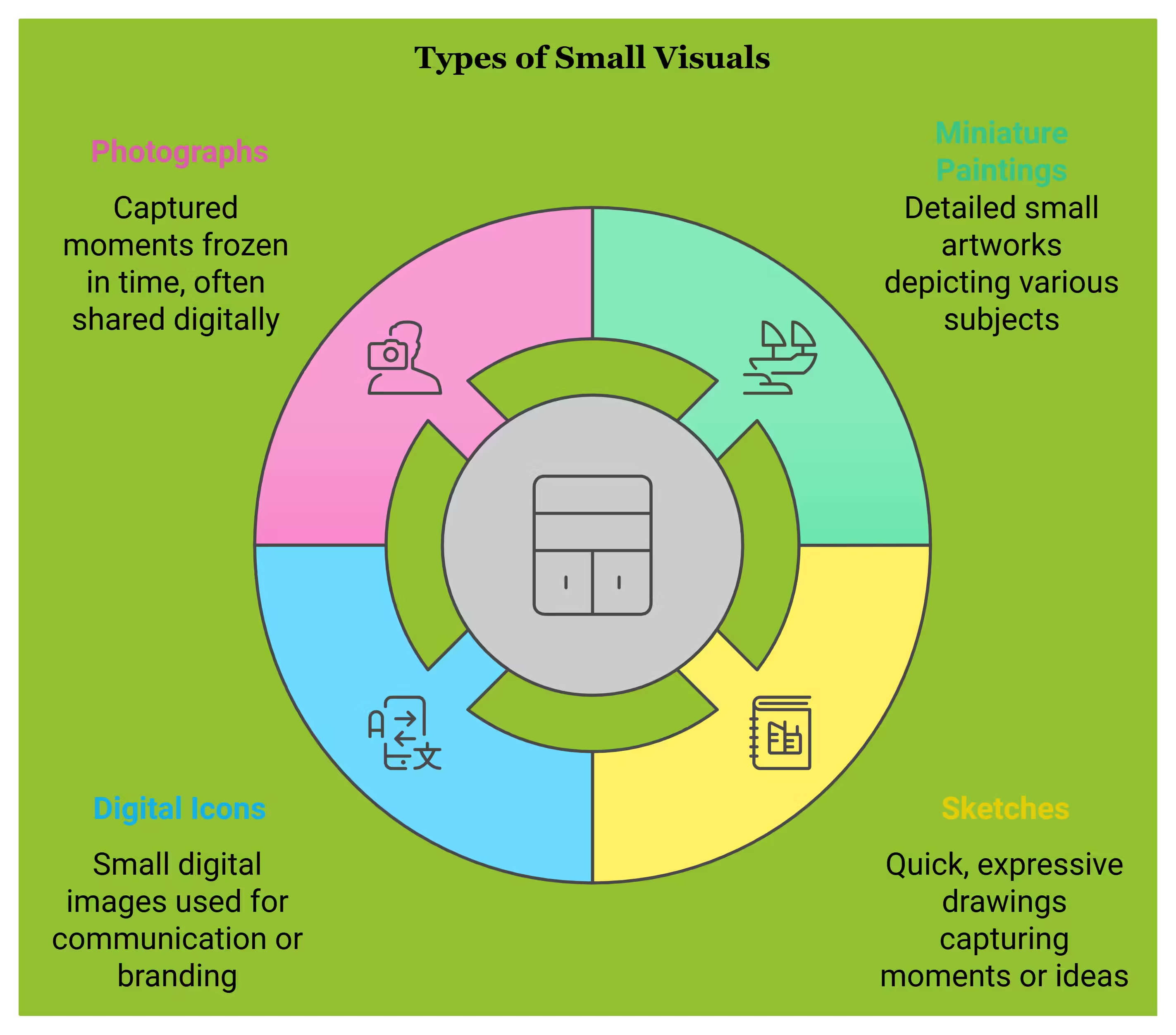
Miniature Paintings
Miniature paintings are small but detailed works of art. These paintings often fit in the palm of your hand. Artists use fine brushes to create intricate designs. Miniature paintings can depict landscapes, portraits, or abstract art. They are perfect for adding a touch of beauty to small spaces.
Here are some common subjects of miniature paintings:
- Nature Scenes
- Animals
- Historical Figures
- Abstract Patterns
Sketches And Doodles
Sketches and doodles are quick and simple drawings. They are great for capturing ideas on the go. You can create them with a pencil, pen, or even a digital tablet. These small visuals can be spontaneous and fun.
Benefits of creating sketches and doodles include:
- Stimulating Creativity
- Improving Drawing Skills
- Relieving Stress
- Expressing Emotions
Photography
Photography is another powerful way to create small visuals. A single photo can tell a story. You don’t need a fancy camera to take beautiful pictures. Your smartphone can capture stunning shots too. Focus on small objects, details, or moments that speak to you.
Tips for taking impactful small photos:
- Use Natural Light
- Find Interesting Angles
- Pay Attention to Composition
- Experiment with Filters
Incorporating Art Into Daily Routine
Integrating art into your daily routine can be incredibly rewarding. Small visuals can uplift your mood and boost creativity. Here’s how you can incorporate art into your everyday life.
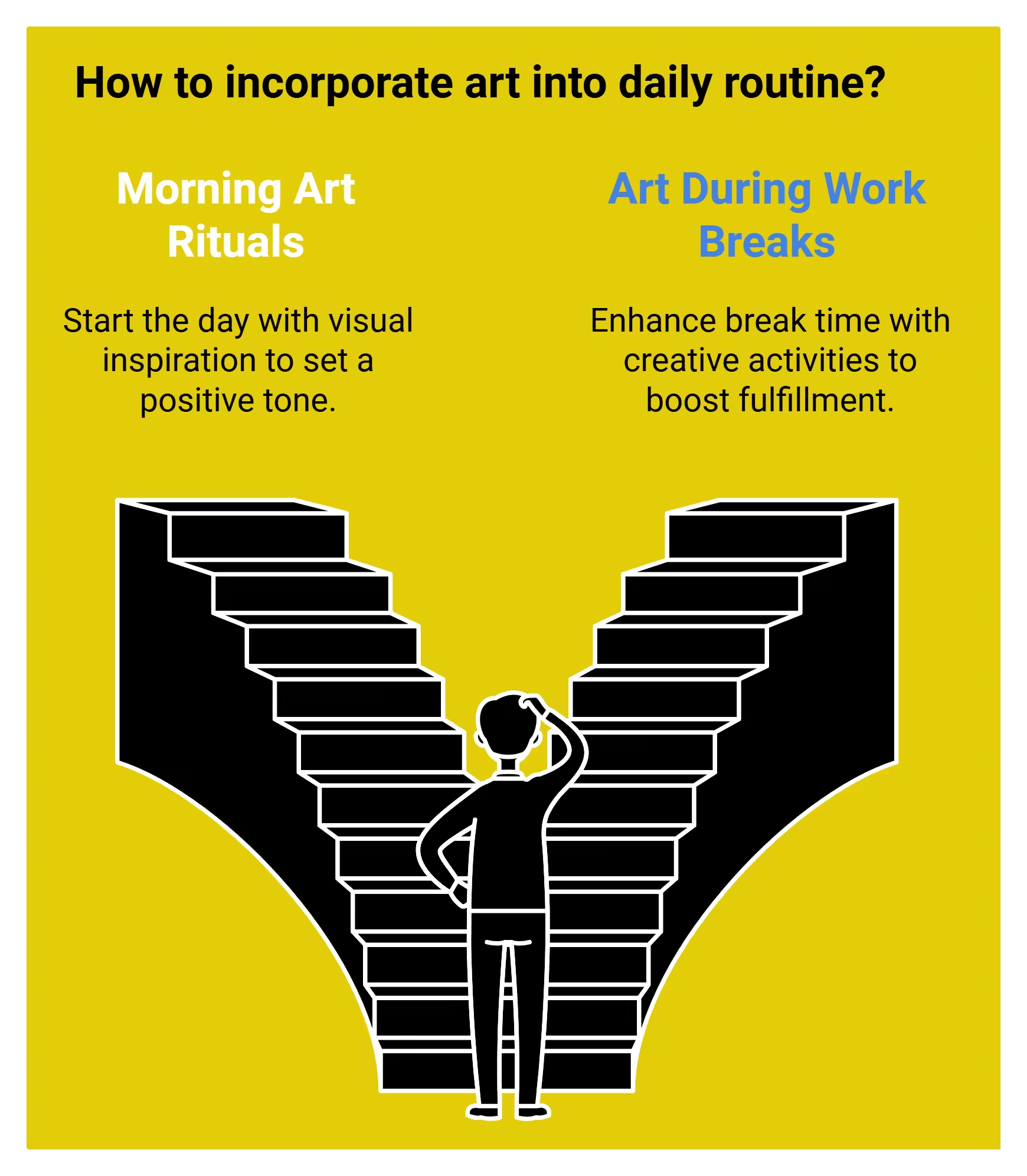
Morning Art Rituals
Start your day with a splash of color. Choose an art piece that resonates with you and place it where you can see it every morning. This could be a painting, a photograph, or even a small sculpture. Just taking a moment to appreciate it can set a positive tone for your day.
- Look at a favorite artwork while you have breakfast.
- Sketch or doodle for a few minutes.
- Read a poem or a short story that inspires you.
Art During Work Breaks
Breaks are essential for maintaining productivity. Adding art to these breaks can make them more fulfilling. Keep a small sketchbook at your desk for quick doodles. Use your phone’s wallpaper to display rotating artworks.
| Activity | Duration |
|---|---|
| Sketching | 5 minutes |
| Viewing art online | 10 minutes |
| Listening to music | 15 minutes |
Evening Creativity Sessions
Evenings are perfect for unwinding with art. Create a small space dedicated to creativity. This could be a corner of your living room or a specific chair. Spend a few minutes each night engaging with art.
- Read a chapter from an art book.
- Paint or draw something simple.
- Watch a documentary about an artist.
Incorporate these activities and watch your days become more vibrant and fulfilling.
Creating Impactful Art
Creating Impactful Art can transform your daily routine. Small visuals hold significant power. They can uplift moods, inspire creativity, and enrich lives. Even the simplest art forms can leave a lasting impression. This section explores how to create art that truly resonates.
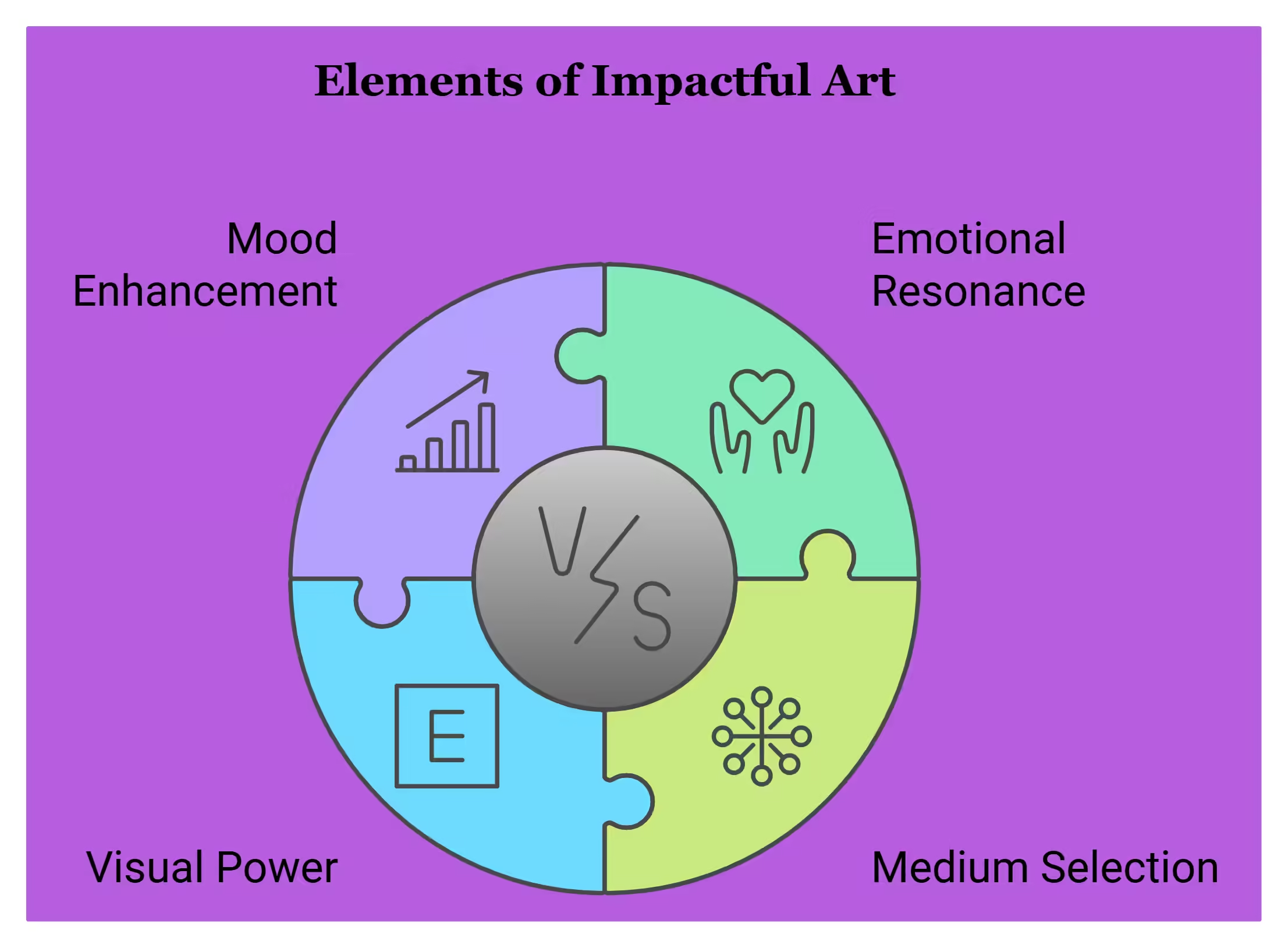
Choosing The Right Medium
The right medium enhances your art’s impact. Different mediums evoke different emotions. For example, watercolors can be soft and soothing. Acrylics, on the other hand, offer bold and vibrant tones.
| Medium | Characteristics |
|---|---|
| Watercolors | Soft, translucent, calming |
| Acrylics | Bold, opaque, vibrant |
| Charcoal | Textured, dramatic, intense |
Experiment with different mediums. Find the one that best conveys your message.
Simple Techniques For Big Results
Small techniques can make a huge difference. Here are some simple yet impactful methods:
- Layering: Add depth and dimension by layering colors or textures.
- Contrast: Use light and dark shades to create striking visuals.
- Minimalism: Less can be more. Focus on essential elements to convey strong messages.
Even the simplest brushstroke can evoke emotion. Focus on the basics and build from there. Practice these techniques daily. Over time, small efforts will yield impressive results.
Finding Inspiration
Finding inspiration for daily art can be a delightful journey. Sometimes, the smallest visuals spark the most profound ideas. Whether you are an artist, designer, or hobbyist, everyday surroundings offer endless creativity. Let’s explore some accessible sources of inspiration.
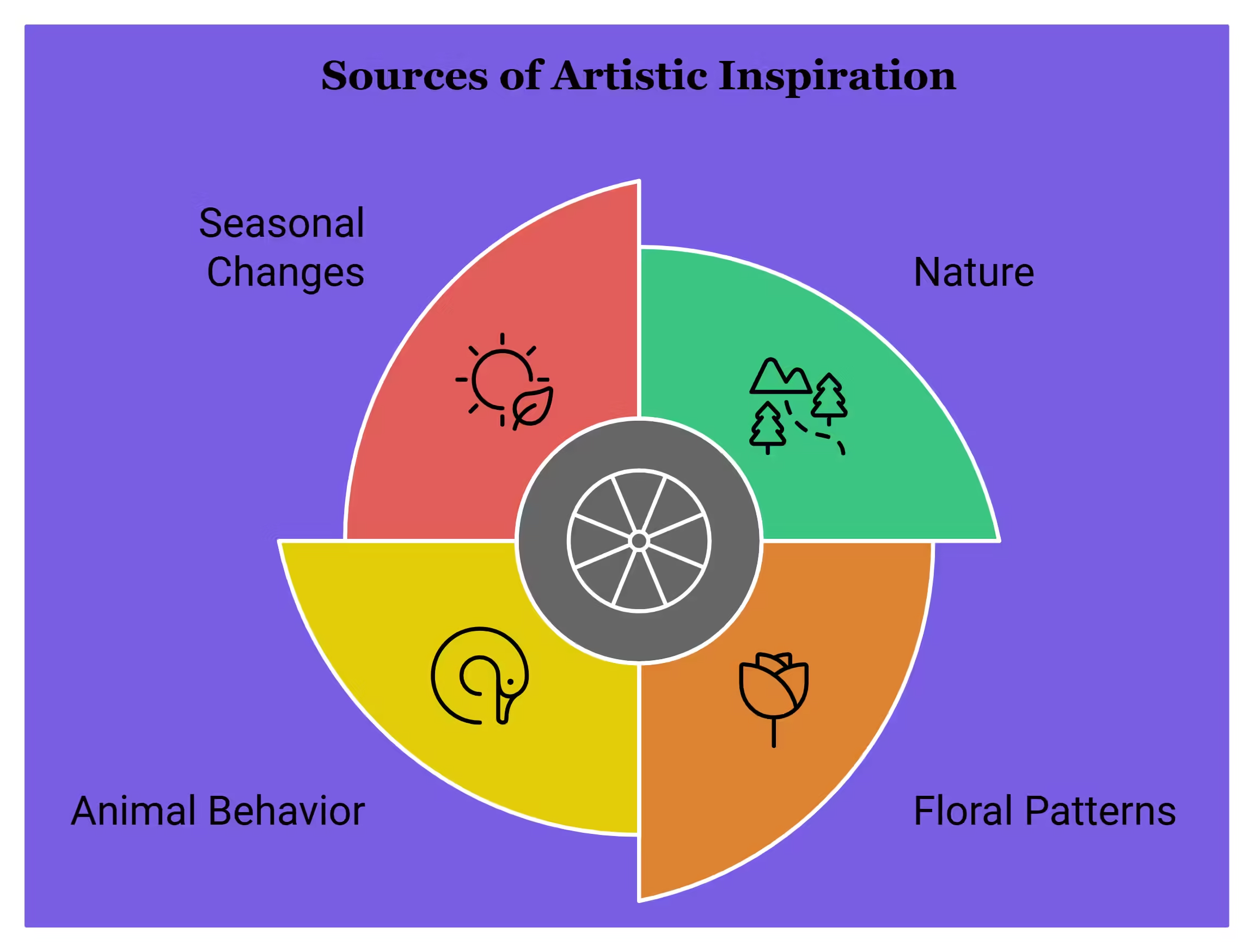
Nature And Environment
Nature is a treasure trove of inspiration. The colors, patterns, and textures found outdoors can be mesmerizing. Consider these elements:
- Floral Patterns: Observe the intricate designs in flowers.
- Animal Behavior: Capture the motion and grace of animals.
- Seasonal Changes: Each season offers unique colors and moods.
| Element | Description |
|---|---|
| Leaves | Varied shapes and vibrant hues |
| Sky | Dynamic and ever-changing patterns |
| Water | Reflective surfaces and fluid movements |
Urban Landscapes
Urban settings are full of rich, diverse visuals. The mix of architecture, street art, and everyday life creates a vibrant canvas. Key areas of focus include:
- Architecture: Study the lines, shapes, and structures of buildings.
- Street Art: Graffiti and murals offer bold, expressive designs.
- People: Capture candid moments and interactions.
Notice the contrast between modern and historic buildings. The blend of old and new can lead to fascinating compositions.
Online Art Communities
Online platforms are a goldmine for artistic inspiration. They connect you with fellow creatives and showcase diverse styles. Popular communities to explore include:
- Instagram: Follow artists and art hashtags for daily inspiration.
- DeviantArt: A platform for sharing and discovering unique art pieces.
- Pinterest: Create boards of your favorite art and ideas.
Engage with other artists, share your work, and get feedback. Collaborating and discussing ideas can spark new concepts and techniques.
Sharing Your Art
Sharing your art can inspire others and open up new opportunities. Displaying your work can also give you new perspectives and feedback.
Social Media Platforms
Social media is a powerful tool for artists. You can reach a global audience with just a few clicks. Platforms like Instagram, Pinterest, and Facebook are ideal for sharing visuals.
- Instagram: Use hashtags and stories to attract followers.
- Pinterest: Create boards to showcase your collections.
- Facebook: Join groups and share your art in communities.
Consistency is key. Post regularly to keep your audience engaged. High-quality images and engaging captions can make your posts stand out.
Local Art Exhibitions
Local exhibitions provide a platform to showcase your work in person. They allow people to see your art up close and personal. This creates a more intimate connection with your audience.
Here are some steps to get started:
- Find Local Galleries: Research galleries that host exhibitions.
- Submit Your Work: Follow their submission guidelines carefully.
- Prepare Your Art: Ensure your pieces are ready for display.
Participating in local exhibitions can also help you network with other artists and potential buyers.
Art For Mental Well-being
Art has a profound impact on our mental well-being. Engaging with small visuals daily can significantly boost our mood and mental health. This section explores how art can reduce stress and boost creativity.
Stress Reduction
Viewing art can reduce stress levels. Small visuals like paintings and drawings offer a calming effect. They help the mind to relax and unwind. Many studies show that art therapy can lower cortisol levels. Cortisol is the hormone related to stress.
Consider adding a daily dose of art to your routine. It can be as simple as looking at a beautiful picture. You can also create your own art. Drawing or painting for a few minutes a day can help you relax. It provides an escape from daily stressors.
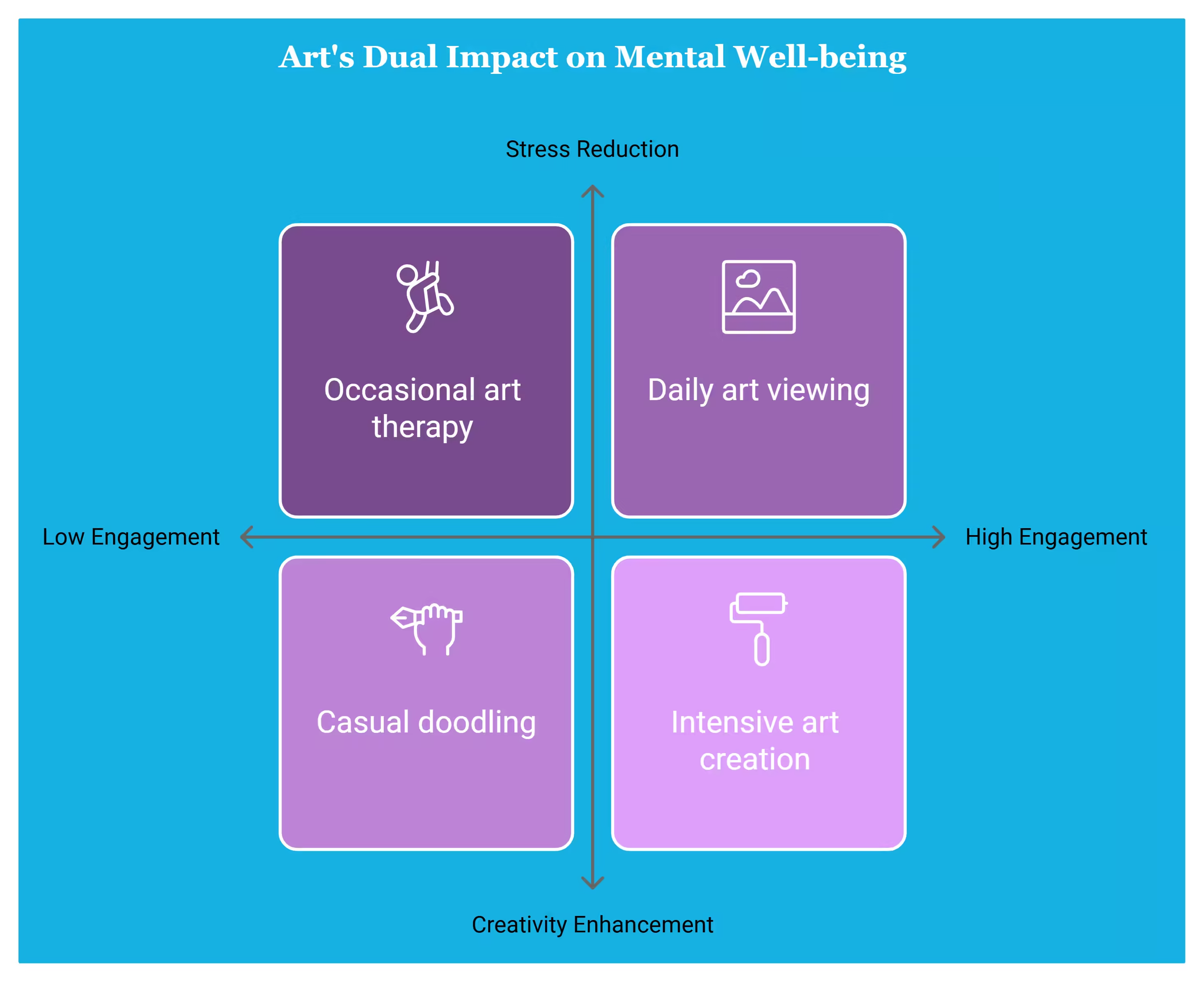
Boosting Creativity
Engaging with art can boost creativity. Small visuals inspire the mind and spark new ideas. This process stimulates brain function and enhances problem-solving skills.
Art encourages thinking outside the box. It opens up new ways of seeing the world. You don’t need to be an artist to benefit. Simply doodling or coloring can ignite your creative spark.
Here are some simple ways to incorporate art into your daily life:
- Keep a sketchbook handy for doodling.
- Display a small piece of art on your desk.
- Visit online galleries for quick art inspiration.
- Use coloring books designed for adults.
These small steps can significantly enhance your mental well-being and creativity.
Encouraging Others To Create
Art can inspire others to create amazing things. Small visuals can make a big impact. Encouraging people to make art is vital. It boosts creativity and brings joy.
Art Challenges
Art challenges are great for sparking creativity. They give people a fun task. Here are a few popular art challenges:
- Inktober: Draw one ink drawing every day in October.
- Draw This in Your Style: Recreate another artist’s work in your style.
- 100 Day Project: Create something every day for 100 days.
These challenges are simple yet effective. They motivate people to keep creating. Sharing your work online can inspire others too. Use hashtags to connect with other artists. This creates a supportive community.
Collaborative Projects
Collaborative projects bring artists together. Working with others can be very inspiring. Here are some ideas for collaborative art:
| Project Type | Description |
|---|---|
| Exquisite Corpse | Each artist adds to a drawing without seeing the previous parts. |
| Community Mural | Artists work together to create a large mural in a public space. |
| Art Swaps | Artists exchange their art pieces with each other. |
These projects build connections. They also allow artists to learn from each other. Sharing ideas can lead to new and exciting creations. Collaborations can help artists grow and improve.
Frequently Asked Questions
How Can Small Visuals Inspire Daily Creativity?
Small visuals can spark creativity by providing quick, digestible inspiration. They are easy to create and share. These visuals can fit into daily routines. They stimulate ideas and imagination.
Why Are Small Visuals Impactful In Art?
Small visuals are impactful because they are easily consumable. They capture attention quickly and can convey strong emotions. Their simplicity makes them versatile. They can be used in various contexts.
What Are Examples Of Small Visual Art?
Examples include doodles, sketches, and mini-paintings. These small pieces can be created quickly. They can be shared easily on social media. They are accessible to both artists and viewers.
How To Incorporate Small Visuals In Daily Routines?
Incorporate small visuals by setting aside 10 minutes daily for creation. Use them as daily prompts. Share them on social media for feedback. They can be a quick break from routine tasks.
Conclusion
Small visuals have a profound impact on our daily lives. They spark creativity and boost mood effortlessly. Incorporate art into your routine for inspiration. Simple visuals can transform your environment and mindset. Embrace daily art to enhance your everyday experience.
Remember, even tiny visuals can make a significant difference.

